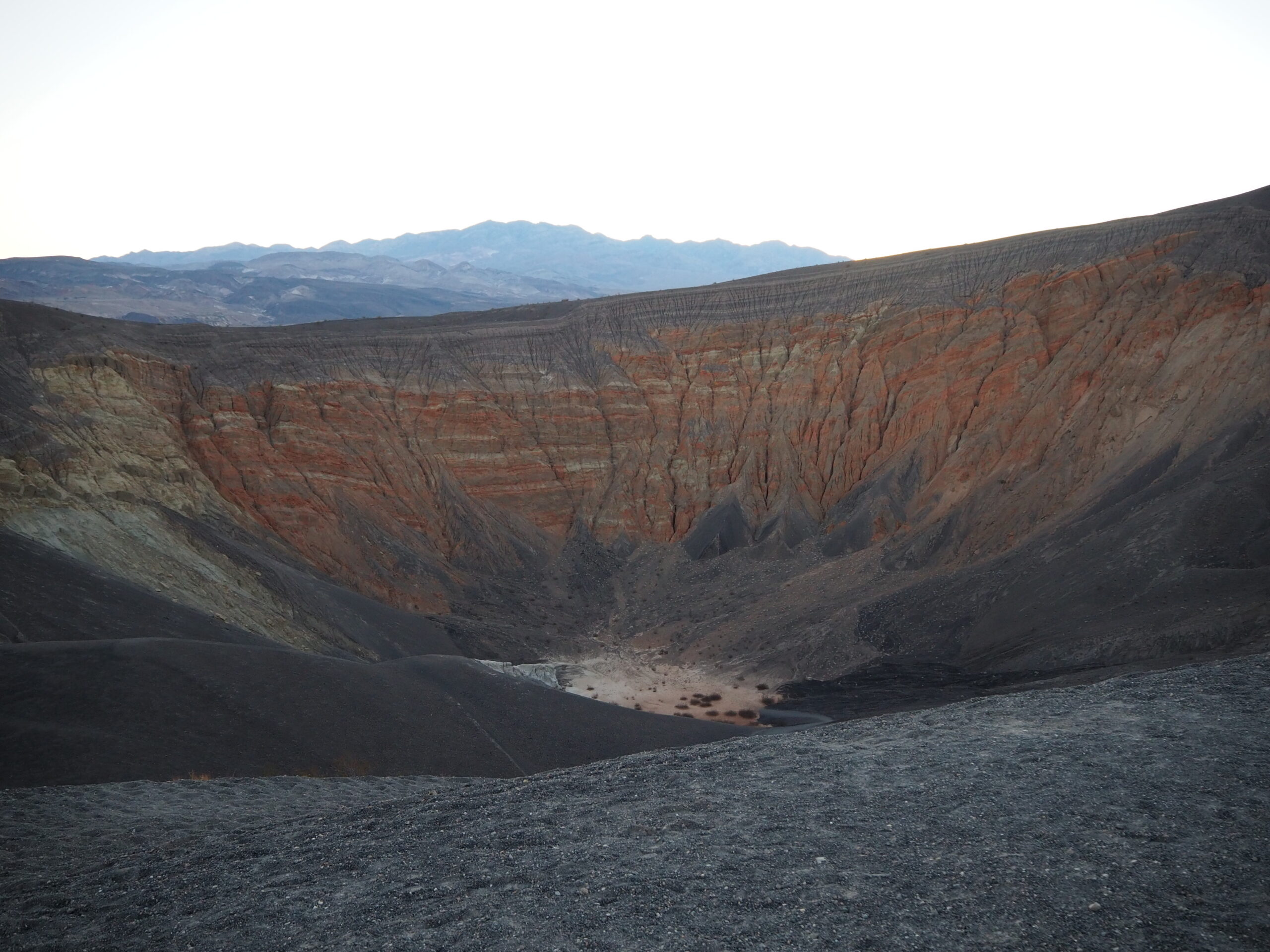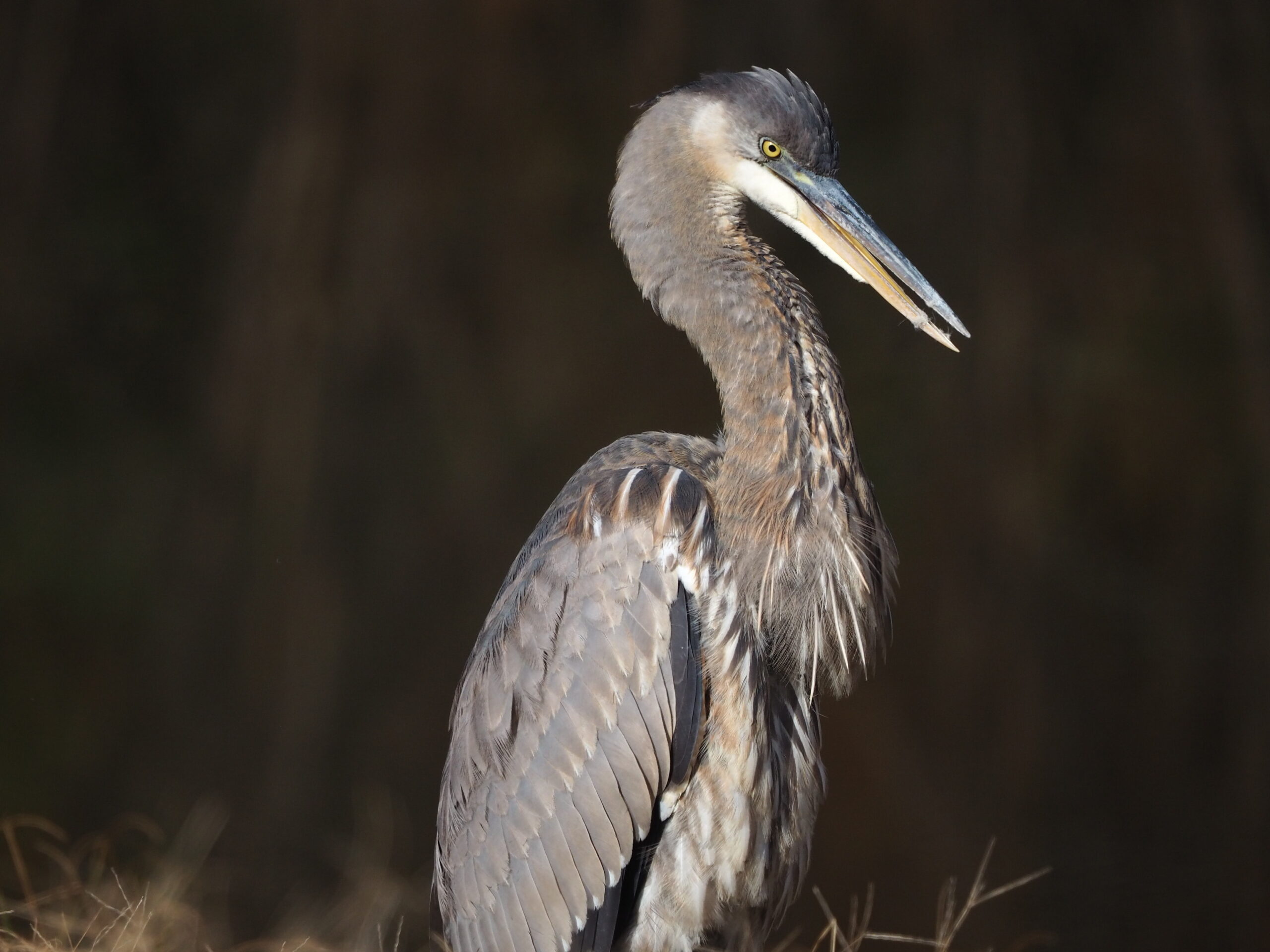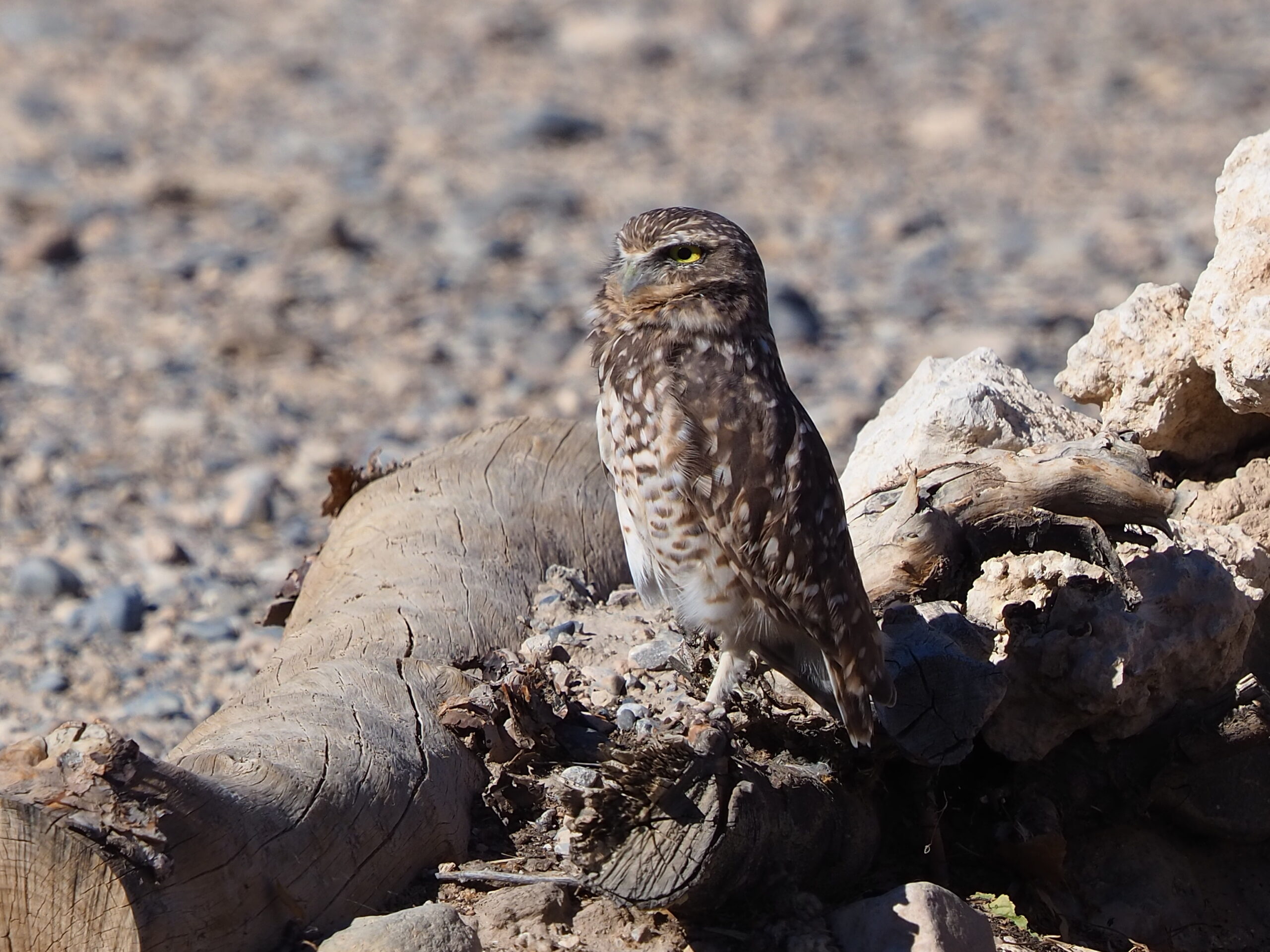
This last month has been quite the whirlwind! I spent most of it working with a desert plant named Eriogonum fasciculatum, a common shrub found all over the Mojave. This project had myself and my co-worker going every which way, from up on the Pacific Crest Trail to down into the depths of Death Valley! Meanwhile, the Joshua Tree seedlings in the greenhouse continued to grow, getting more and more leaves. As well, when I completed my last field assessment in Utah, some of the plants had over 15 leaves! A long way from the 1-3 leaves they had when planted some 8 months ago! One of the most rewarding parts of this project was watching that kind of change, both in the desert and in the greenhouse, happen in real time.

With the Eriogonum project, we are aiming to collect cuttings from wild plants, grow new plants from the cuttings, and plant those cuttings in the same sort of gardens where we have the Joshua Trees. Just like the Joshua Tree project, these plants were found in all sorts of climate zones, meaning a spectrum of harshness for the parent plants. Interestingly, usually seeds are used for propagation with this species, but we decided to use cuttings instead. This is because flowering and producing seeds have become much more variable as the climate changes in the Mojave. This biome, already a very difficult place to survive, has become harsher and harsher with continuing droughts and intense heat. So, taking cuttings is a potential way to continue to reproduce this, and potentially other, species without having to collect seed. In fact, this project is the largest-scale cutting collecting effort of this species ever recorded in scientific literature (that I am aware of)! It is always really cool to be a part of something completely new in scientific research, especially one that could help of save more and more plant species as desert conditions worsen.

As I write this last post, I am already back home in Virginia, enjoying what’s left of the fall foliage. It’s nice to be back home, but I will always look back on this amazing experience with USGS and CBG. I’ve seen so much more of this country and learned some much about professional field work and research than ever before in my life! Beyond being a really cool plant, the Joshua Tree will always hold a special place in my heart. The Joshua tree is such a biological marvel, so complicated and resilient. It and so many other facets of our world need to be studied and protected, and I am so glad I could help, even for just 6 months. I am so grateful to Lesley, Todd, Sarah, Alex, and Chris for helping with these new life/work experiences! Thank you anybody who’s been following along online, I hope you enjoyed my photos and writing! Below are a couple last photos from Nevada, the drive back home, and finally Virginia. Happy Holidays!



